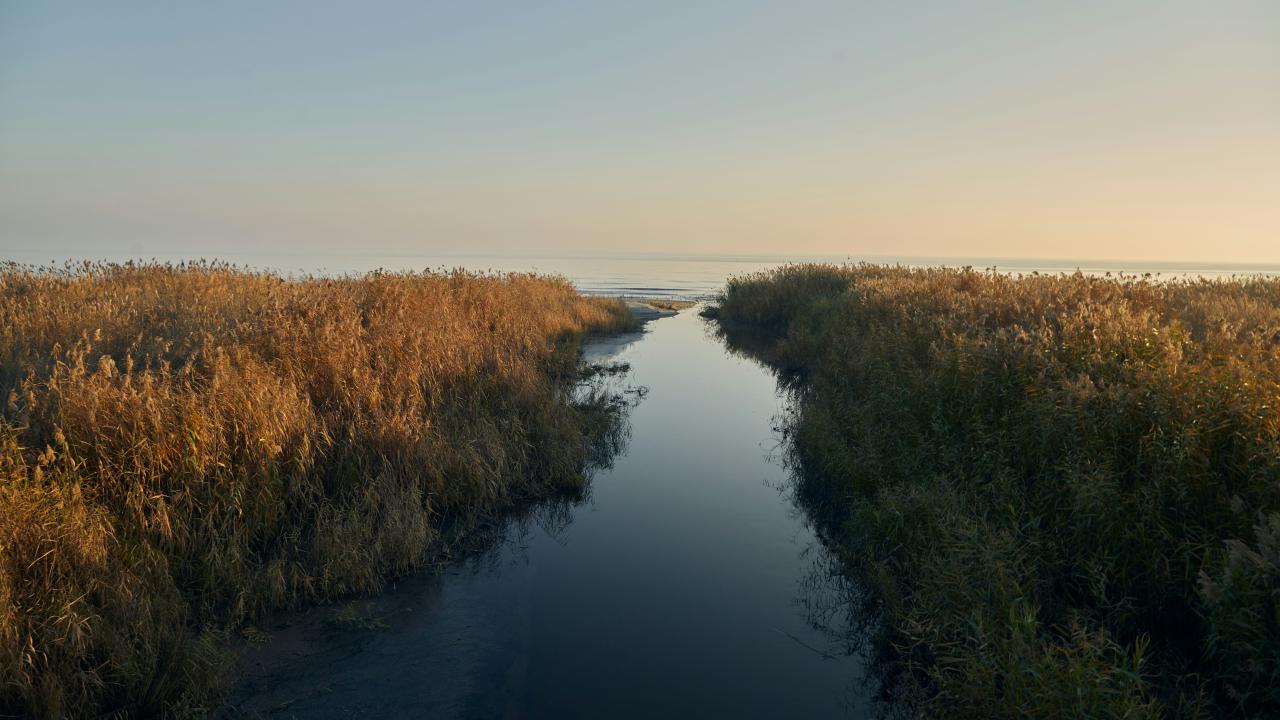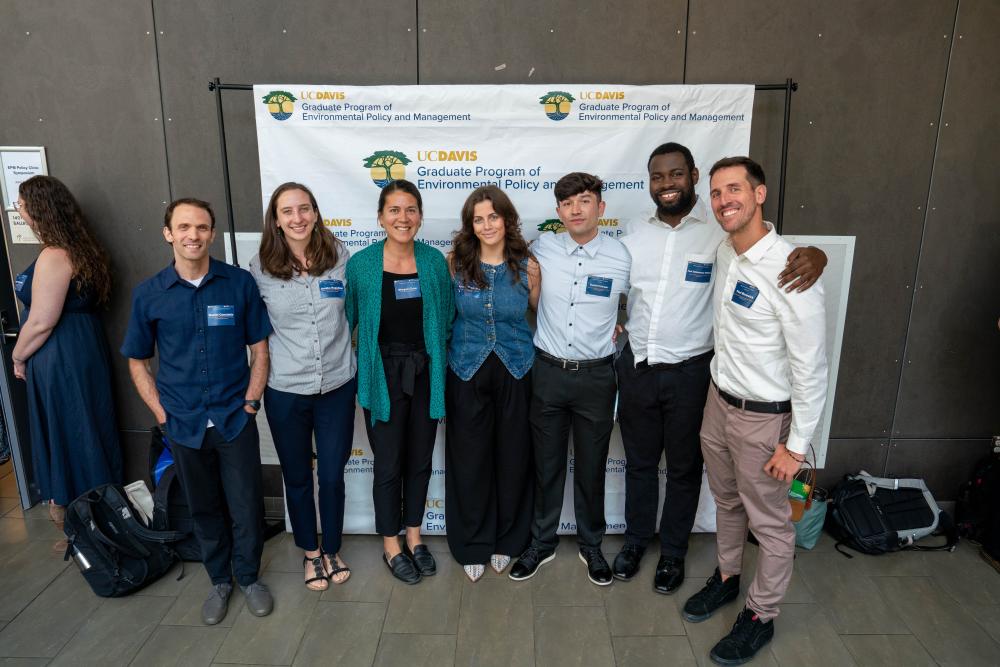
Adapting Agriculture for a Changing Climate: Insights from the Sacramento-San Joaquin Delta
The Sacramento-San Joaquin Delta, renowned for its rich soil and biodiversity, faces unique challenges as climate change and development threaten its agricultural landscape through increasing saltwater intrusion, sea levels, and temperatures. Our group collaborated with the Delta Stewardship Council to dig deeper into these pressing issues and explore strategies that help farmers adapt to these changes.
The Delta is a captivating region that not only possesses immense agricultural potential but also serves as a vital habitat for a diverse array of wildlife. Unfortunately, this unique area faces significant threats from development and the diversion of water resources to other parts of California. The farming within the Delta has profound implications for local communities and the state as a whole, highlighting the necessity of sustainable practices to preserve both ecological health and agricultural productivity.
Interestingly, many islands in the Delta are below sea level and are protected by over 1,100 miles of levees. The islands' low elevation puts them at risk for flooding and saltwater intrusion into the soil and groundwater, destroying their ability to produce crops. With an impressive economic output of approximately $4.5 billion, the Delta plays a crucial role in California's agricultural landscape (Delta Protection Commission, 2020). It also provides essential habitat for various waterfowl and fish species, emphasizing its ecological significance and the need to protect this invaluable region for both agricultural and ecological sustainability.
Understanding Local Perspectives
Our project began by engaging directly with the Delta farmers. We interviewed 13 individuals, including local farmers and community organization leaders, to gather firsthand insights about their challenges. Starting with these personal stories allowed us to frame our approach with a local perspective before integrating our ideas.
These ideas led to our development of the Climate-Smart Catalog, which compiles twelve adaptation strategies for Delta farmers and will then be sent out to interested parties by the Delta Stewardship Council. These strategies include agricultural practices such as converting to rice, using targeted grazing, and switching to resilient crops. We also examine alternative revenue streams such as wildlife-friendly farming, third-party certifications, and navigating the carbon market. Examples of these include creating wintering habitat for waterfowl, becoming certified Organic or Fish Friendly, and allowing farmers to get paid to increase soil carbon. Each of these methods not only supports sustainability but also aims to maintain the viability of farming in the Delta amid evolving environmental challenges.

Conclusion
An essential aspect of our work was ensuring that our approach included equity and inclusion. We reached out to grassroots organizations, focusing on small farmers, to ensure that climate-smart agriculture considers the impacts on farmworkers and other marginalized groups. We’ve found that care must be taken to ensure that alterations to farming practices consider the people creating the changes. More work is needed, but prioritizing these voices is essential for the Delta to continue to create better futures for those who live and work there.
Our project in the Sacramento-San Joaquin River Delta is more than just an exploration of agricultural adaptation; it is a hopeful step in the right direction in enhancing information access on how to farm better for the region and the state. Together, we can develop strategies that not only sustain agriculture but also enhance the resilience of the Delta in the face of climate change. We hope that our contributions to the “Delta Adapts Adaptation Plan” will be a pivotal step toward a sustainable future for this extraordinary ecological and agricultural region.
Read the Climate-Smart Catalog
